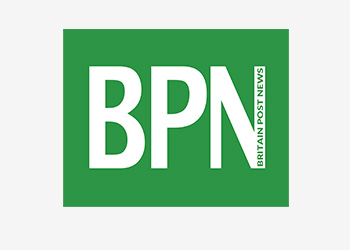Interior design trends 2023: what will our homes be like this year?

A house must first of all tell who you are, and express your lifestyle, according to the most radical architect and designer Gaetano Pesce “A house is made up of needs, desires, obsessions, time and budget. When you have to choose the division of spaces, furnishings and colors before thinking about fashion and trends, you need to understand who you are and what you want to express, even if the Pantone color of the year is Magenta, what is the color palette that makes you feel at ease?”. Says Sara Ricciardi, volcanic designer who with her studio deals with art direction, installations, performance, and interior design. That’s why sometimes designing a house with a client, experts say, is like having “A psychotherapy session”.
Eclecticism of languages
There have been times when houses had to be minimal, then the radical design populated them with pop and colorful elements. Now everything seems to coexist. Elena Salmistraro, one of the best-known Italian designers, claims that “Today design no longer needs manifestos and movements, but is so strong that it can afford an almost infinite plurality of voices and interpretations, stories and solutions, even the furnishings and objects that decorate our homes end up enriching them with a surprisingly varied, personal and authorial mix”.
Biophilic design, nature enters the home
In contact with nature you feel good, so even when outside the windows there is a terrace or a garden, but above all in the city, where open spaces are often not so widespread, a corner of greenery, countryside or vegetable garden, within the four walls of the house, it helps us to restore a sort of psychophysical balance, research says it loudly. And the world of design adapts with biophilic design, a design strategy that integrates natural elements into our living spaces. A striking example that speaks of research into new ways of merging architecture, natural elements and technological solutions is Greenery, the country residence in Northern Italy of Francesco Mutti, CEO of Mutti, the tomato sauce company.
Ornament is no longer a crime
Today, according to Pagni, the rationalist culture of less is more has marked time, rather maximalism, more and more reigns which makes decoration an important moment in the language of design. Experts say this is the trend that fully reflects the complex and violent times we are experiencing. There is anger and confusion in the world and design must express that dynamism and not shy away from it. Thus, styles, colors and decorations end up overlapping in a game which, in order not to be kitsch, must comply with very strict rules of good taste and if you are looking for the pioneers of this trend, just think of the decorative language of Fornasetti, the projects of Philippe Starck, the design of Stefano Giovannoni and radicals in general.
The comfort of fabrics
“Among the languages that we have inherited from fashion, there is certainly the use of fabrics”, says Cinzia Pagni. “Today our sofas are dressed in canvases that look like suits”. Velvet is back among the most used textures. After all, the fabric in a living room or bedroom dialogues with the furnishings and, with its colours, personalizes the space. It also manages to offer you that sort of comfort touch that makes you feel good.
Everything is colorful (and golden)
Serena Confalonieri, designer and art director based in Milan, on the subject of colors, talks about a return to the 70s. No more minimal and neutral colors but, as in fashion, warm, saturated colors are now reappearing in design. purples, yellows, reds, and greens which also leave room for rather audacious combinations, which still express the courage to break and overcome stereotypes. That’s not all, according to Cinzia Pagni, from fashion design has also taken the audacity of gold which, used with taste, can give a strong character to environments. Like the glass mosaic wall created by Bisazza for the kitchen in a Sydney apartment.
Read more from the source Vouge Italia

